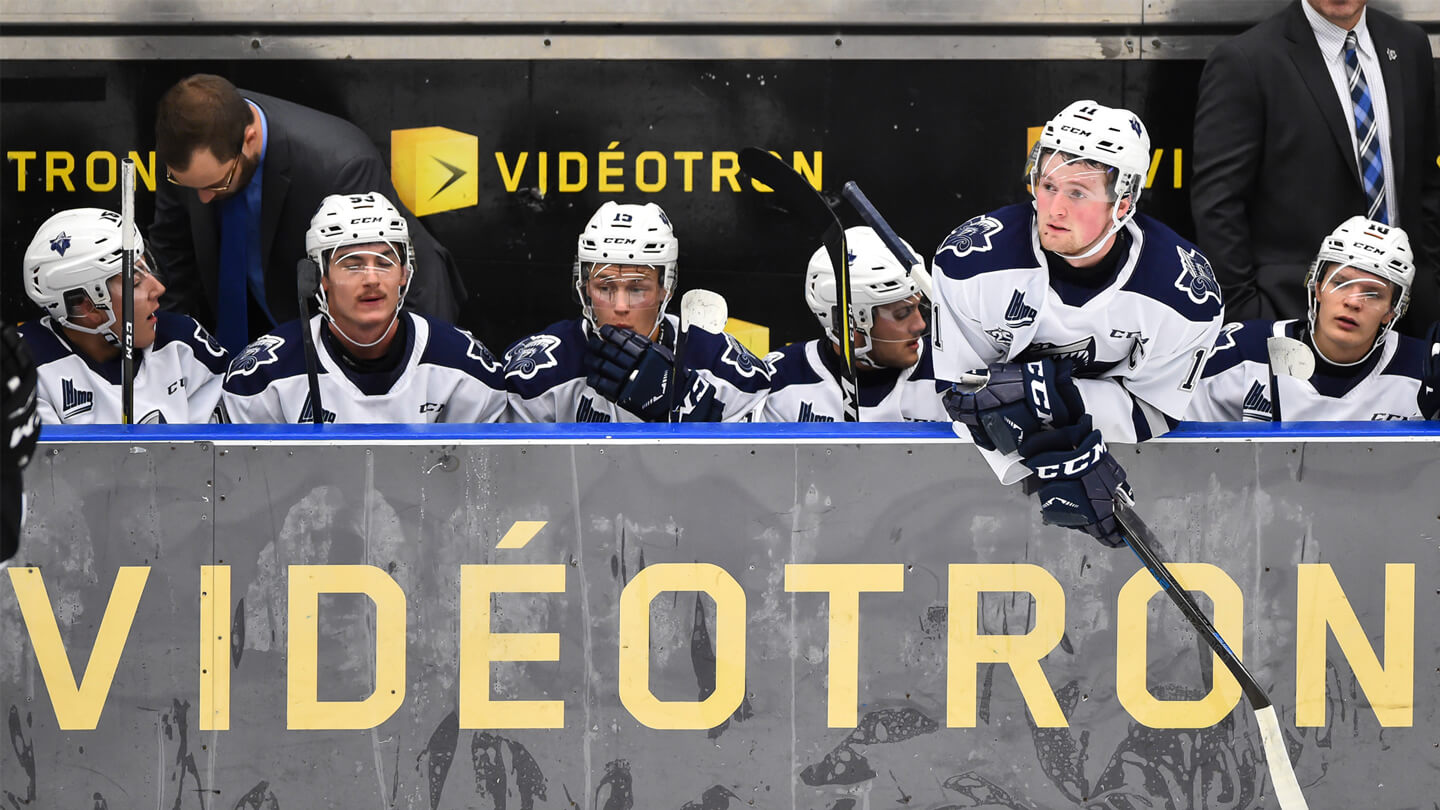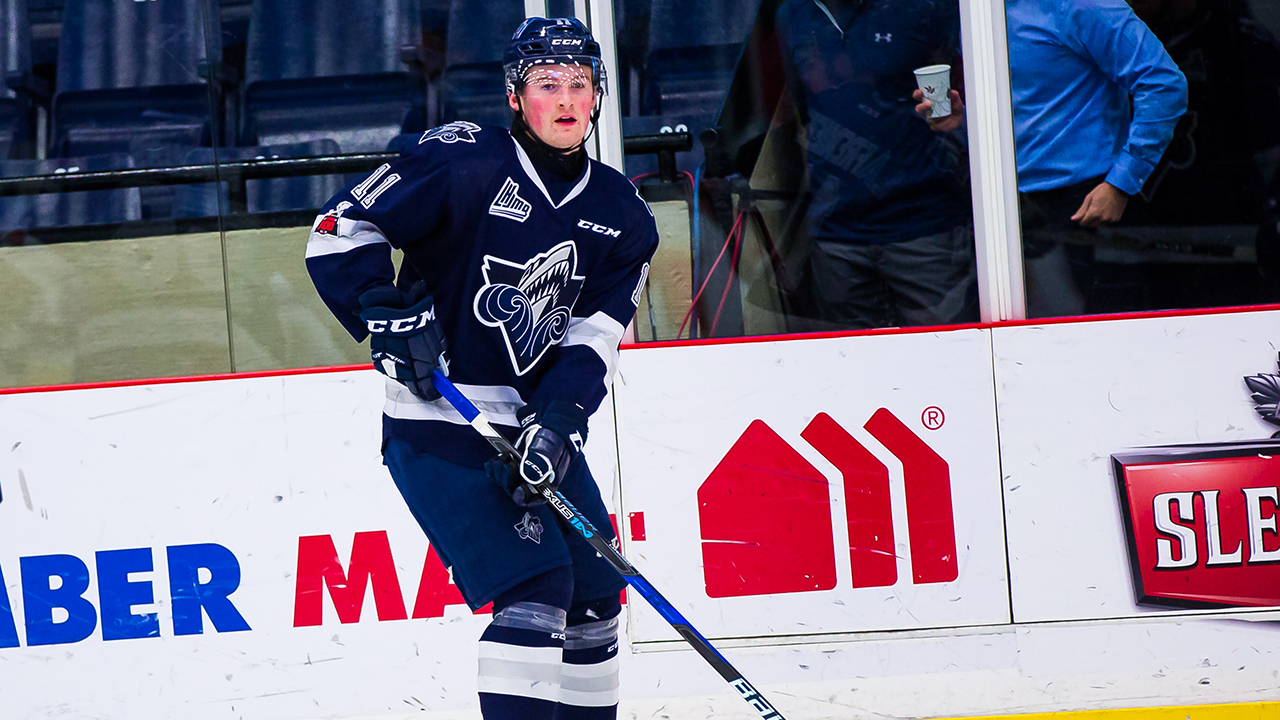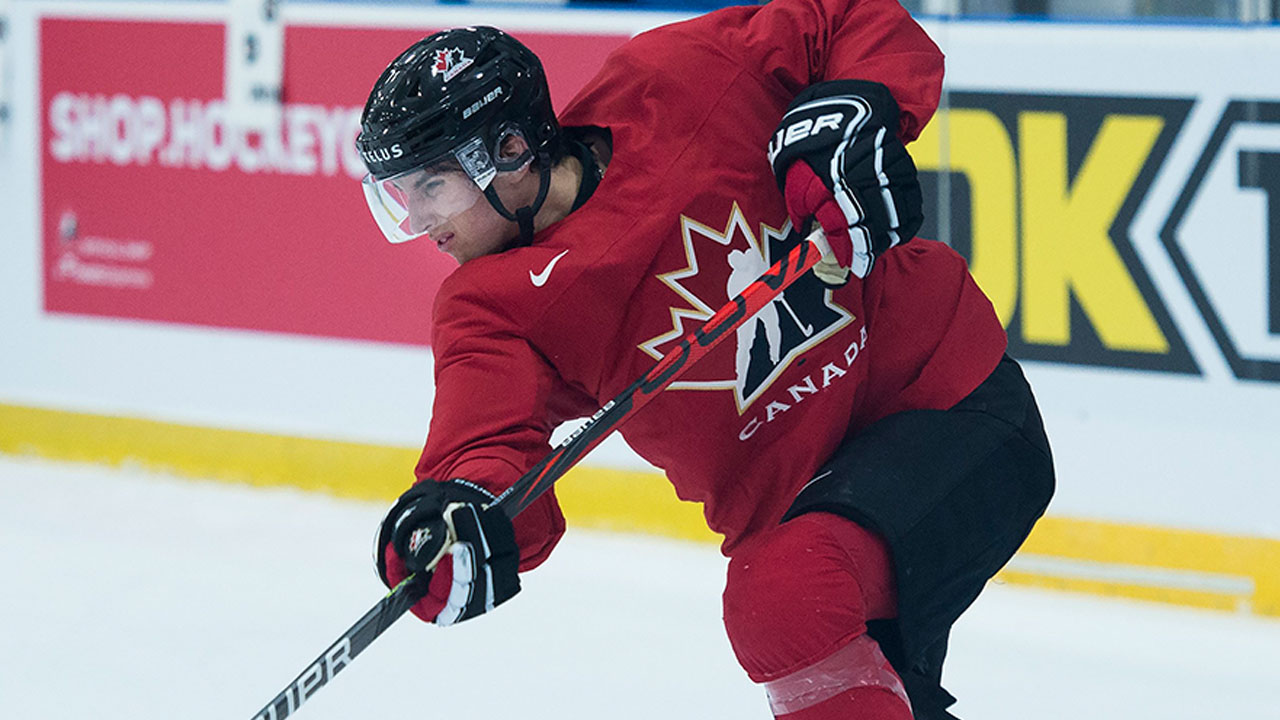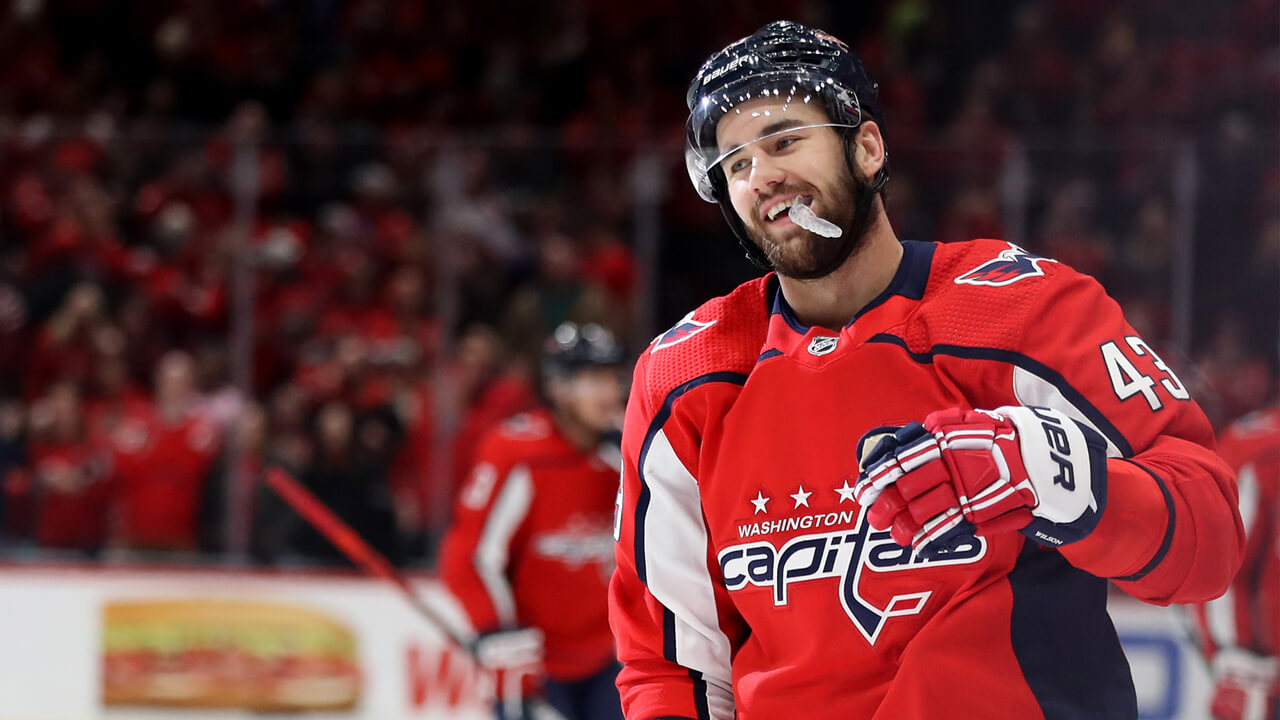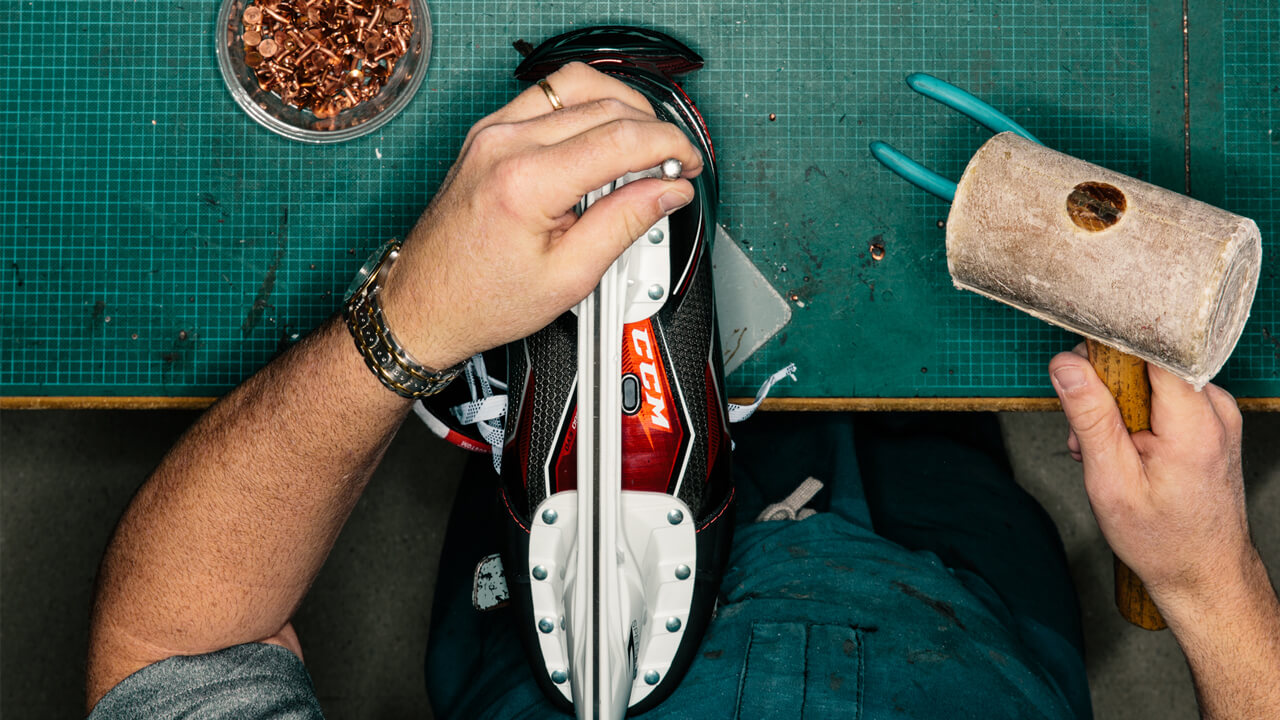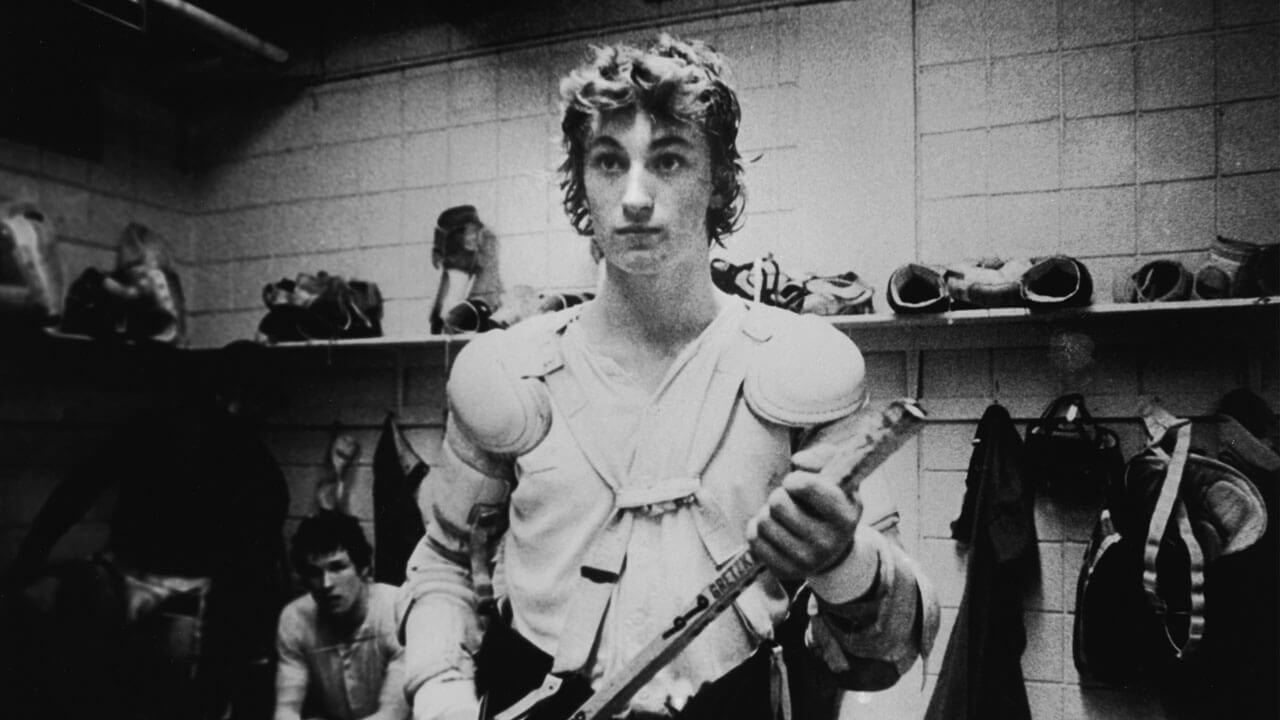Going into this world junior tournament, there are two big questions still surrounding Lafrenière: Can he overcome past performance and the pressure to turn in a showing better than those also vying to be the first-overall pick come June? And, part and parcel with the first, does he give you the best chance to win at centre, rather than left wing?
One school of thought holds that a move to centre would be not only what’s best for the team that drafts Lafrenière but also, in the long run, the best match for his set of skills. His game is best when the puck is on his stick, so why not put him at the position where the puck will be on his stick most often? “He reminds me of Peter Forsberg with all the strength he has on the cycle … the same reverse check, the toughness,” one scout says. “He has great vision and incredible hockey sense, so he can be in play all the time at centre. He’s a great talent for sure, but you might be stifling it if you don’t at least try to use him down the middle.”
Another school of thought maintains that you don’t mess with a good thing. Said another scout who has watched Lafrenière 20 times: “Even in junior he’s not playing [centre] and the NHL is a tough place to learn another position — easier going from one wing to the other than from either wing to centre. He sees the game best on the left side. Put him in a position to succeed. When Chicago drafted Patrick Kane, they had the idea that maybe his playmaking and puck skills would fit as a centre, but he’s spent all those years processing things from one side of the ice. The player knows his game better than anybody. If it’s comfort zone, then he knows.”
One scout who sees Lafrenière up close on a nightly basis believes he doesn’t need to move to centre to drive play. An import from Omsk, Russia, Dmitry Zavgorodniy, was installed on right wing across from Lafrenière and beside Paré last season, and it’s understandable that he doesn’t want to upset the mix. A seventh-round pick of the Calgary Flames in 2018, Zavgorodniy had 16 goals and 43 points in 23 games before suffering a broken collarbone in November. “Alexis makes plays and finds you with the puck all the time,” he says. “He sees everything from his side and makes plays no one else sees. We have the rest of the ice to skate into … lots of room. Without the puck, you have to be ready for a pass from him even if you don’t know how he’s going to do it. Alexis can play anywhere on the powerplay and [the Oceanic] move him around, but I think he’s hard to play against [on left wing]. He makes Cédric and me better players. He does the same for anybody he plays with [from left wing]. That’s the place [for him] I think.”



